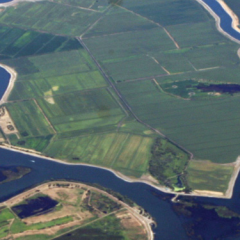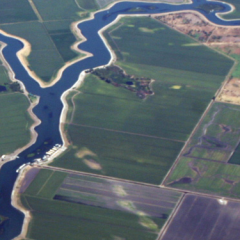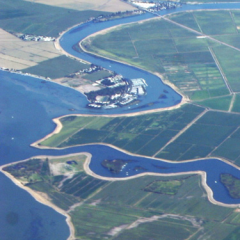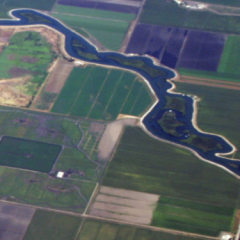DeltaCurrents
DeltaCurrents, the Center’s blog, offers science-based observations and opinion on pressing contemporary issues in resource management and conservation planning in the Sacramento-San Joaquin Delta and adjacent upper San Francisco Estuary.
Written by Paul S. Weiland
Written by Bradley J Cavallo
Written by Paul S. Weiland
Written by Paul S. Weiland
Written by Paul S. Weiland
Written by Paul S. Weiland
Written by Bradley J Cavallo
Written by Dennis D. Murphy
Written by Paul S. Weiland
Written by Dennis D. Murphy
Written by Paul S. Weiland
Written by Dennis D. Murphy
Written by Paul S. Weiland
Written by Paul S. Weiland
Written by Bradley J Cavallo
Written by Paul S. Weiland
Written by Dennis D. Murphy
Written by Dennis D. Murphy
Written by Paul S. Weiland
Written by Bradley J Cavallo
Written by Paul S. Weiland
Written by Paul S. Weiland
Written by Bradley J Cavallo
Written by Dennis D. Murphy
Written by Paul S. Weiland
Written by Paul S. Weiland
Written by Bradley J Cavallo
Written by Dennis D. Murphy
Written by Paul S. Weiland
Written by Bradley J Cavallo
Written by Dennis D. Murphy
Written by Paul S. Weiland
Written by Bradley J Cavallo
Written by Bradley J Cavallo
Written by Paul S. Weiland
Written by Dennis D. Murphy
Written by Paul S. Weiland


















